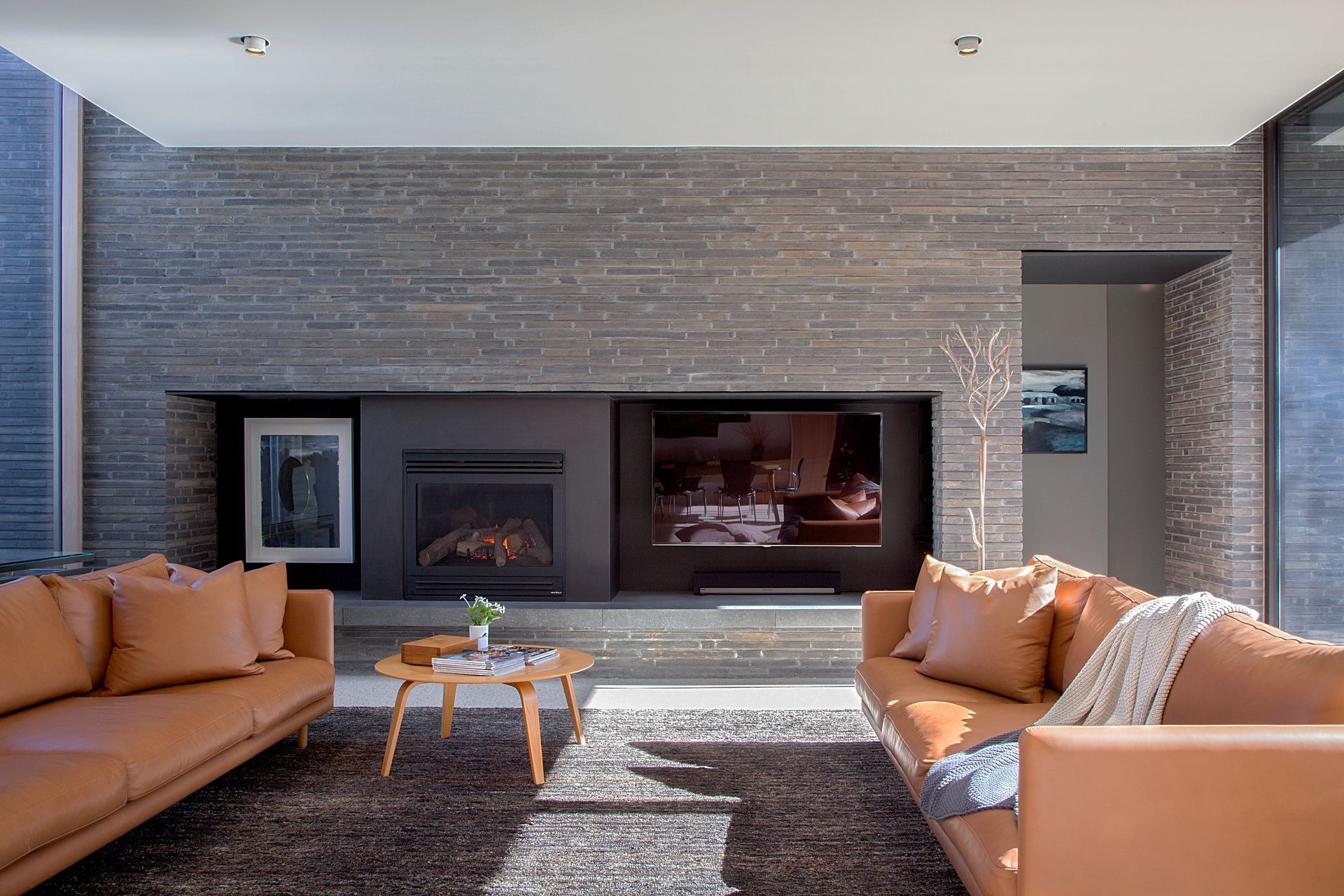Brick size through the ages: Australia’s building block evolution
Written by
06 November 2023
•
4 min read

Bricks have been a fundamental building material for more than 10,000 years, a demonstration of their importance in construction.
ArchiPro delves into the fascinating journey of brick sizes in Australia and their significance, with insights from Peter Robertson of Robertson's Building Products.
Ancient beginnings
The earliest known bricks, dating back to 8300 BC, were found in southern Turkey and around Jericho City. These ancient bricks were made from mud, sun-dried for hardening, and displayed a 4:2:1 ratio in their dimensions.
During the age of the Romans, an architectural revolution took place with the introduction of kiln-fired bricks – dramatically altering the landscape of brickmaking even today.
These kiln-fired bricks measured one to two Roman feet by one Roman foot, and occasionally, some larger bricks reached up to three Roman feet in size.
Medieval standardisation
As we journey through Europe during the 16th, 17th, and 18th centuries, brick sizes varied between 25x12cm to 30x15cm, with heights ranging from 4-7cm.
The first semblance of standardisation didn’t emerge until around 1260 AD in England, where bricks measuring approximately 23x11x6cm became common.
By 1426 AD, the first regulations were introduced to establish a standardised size of bricks based on dimensions ranging from 23x11x5 to 6.5cm. In the 16th century, larger 25x12.5x6.5cm brick sizes were occasionally manufactured.

[In response to a request for] a brick with a finer format, reminiscent of the sooty streets of London, Robertson's Building Products created a 5cm high brick that provided a unique, finer aesthetic, resembling a 'finer stitch in a tapestry'.
Georgian and Victorian influence
In England during the Georgian and Victorian eras, bricks consistently adhered to dimensions similar to those introduced by statutes.
“Brick sizes in England were set at 21.5x10.2x6.5cm, and Australia followed the English standard closely with dimensions of around 23x11cm but with a slight increase in thickness to 7.5cm,” says Robertson.
“This size is often referred to as the ‘common brick’ and is widely used for residential and commercial construction,” Robertson continues.
“Specialised bricks and attempts to introduce different sizes at the time – such as the Norman brick at 30x9x7cm – came and went.”
A shift in brick design
The 20th century saw an exciting shift in brick design when Michael Munckton of Rosenthal Munckton & Shields approached the industry with a novel concept.
He sought a brick with a finer format, reminiscent of the sooty streets of London. In response, Robertson's Building Products created a 5cm high brick that provided a unique, finer aesthetic, resembling a "finer stitch in a tapestry."
Robertson recollects this transformative moment, "This finer look found enormous support from the design community, and other manufacturers followed our lead. So began our journey into thinking of this approach."
A legacy of innovation
Following the success of its Daniel Robertson business, Robertson ventured into new horizons. “After Brickworks acquired our Daniel Robertson business, I set up Robertson’s Building Products with a view to source building products with a unique aesthetic or technical character,” says Robertson.
“One of the first partners we started with was Petersen Tegl, the renowned Danish brick manufacturer founded in 1791 and run by Christian Petersen, the ninth-generation custodian.”
The partnership brought forth the Kolumba brick, a 53x11x3.7cm handmade masterpiece that breathed life into architect Peter Zumthor's vision for the Kolumba Museum in Cologne, Germany. This remarkable brick is now produced in 33 different colours and exported worldwide. This brick has left a lasting mark on contemporary architecture, allowing bricks and brick-type products to be used as if they were textiles, stretching around the building, adding a new dimension to brickwork.
*Kolumba is a trademark of Robertsons Building Products.
Selecting the right brick size
Choosing the right brick size affects the appearance of the building while influencing the construction process, material requirements and cost. Consider the following factors when selecting a brick size:
- Architectural style: Traditional designs may benefit from standard bricks, while modern or custom designs would suit slimline or oversized bricks.
- Structural considerations: If your project has specific structural requirements, such as load-bearing walls.
- Cost: Different brick sizes may affect the overall cost of your project.
As Australia witnesses enhancements in construction, it's heartening to see that the timeless material of brick can still surprise and inspire. The evolution of brick sizes and designs is not merely a historical curiosity, it's a reflection of human creativity and the enduring quality of brick in the world of architecture and design.
Learn more about Robertsons' Building Products on ArchiPro.
